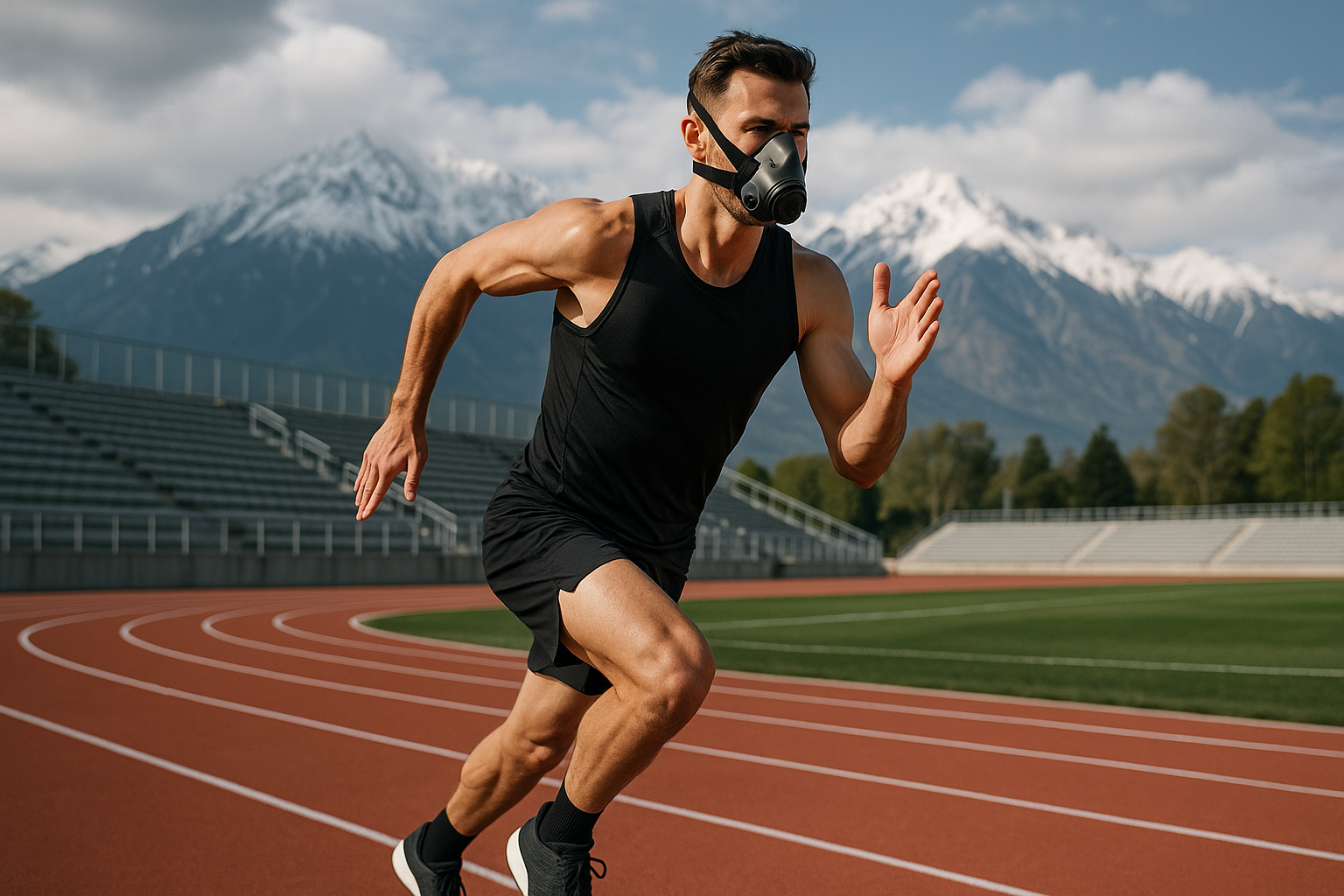Breaking Down the Art of High Altitude Training: A Comprehensive Guide
With the rise of sports performance science, athletes today are constantly seeking effective ways to enhance their competitive edge. One such method is high altitude training, a practice that pushes athletes beyond their limits. This article delves into the fascinating world of high altitude training, providing a comprehensive guide on its history, current trends, benefits, challenges, and real-world applications.

The Inception and Evolution of High Altitude Training
High altitude training has its roots in the 1968 Mexico City Olympics, held at an elevation of 2,240 meters. Athletes from sea level struggled to compete at this high altitude, paving the way for research into altitude acclimatization. In the 1970s, scientists proposed the “live high, train low” strategy, which involves living at high altitudes to reap the benefits of increased red blood cell production, while training at lower altitudes to avoid the drawbacks of lower oxygen availability.
Current Trends in High Altitude Training
The application of high altitude training has evolved over the years. Today, athletes use altitude simulation tents or chambers that allow them to experience high altitude conditions at sea level. Some also use intermittent hypoxic training (IHT), which involves short, repeated exposures to low oxygen levels, triggering physiological adaptations.
Breaking Down the Benefits
High altitude training leads to an increase in red blood cell production, enhancing an athlete’s oxygen-carrying capacity. This physiological change can improve endurance performance at sea level. Moreover, it also enhances the body’s efficiency in utilizing oxygen, leading to improvements in aerobic fitness and overall athletic performance.
Recognizing the Challenges
Despite its benefits, high altitude training is not without its challenges. The body needs time to adapt to the lower oxygen levels, and athletes may experience symptoms of altitude sickness. Furthermore, training intensity may be compromised due to the reduced oxygen availability, potentially affecting training quality.
High Altitude Training in the Real World
High altitude training has been adopted by many elite athletes across various sports. Renowned long-distance runner Kenenisa Bekele, for instance, often trains at high altitudes in Ethiopia. Meanwhile, some football teams, like the Denver Broncos, have used the natural high altitude of their home base to their advantage.
High altitude training, though challenging, offers a unique pathway to enhancing athletic performance. As with all training methods, it should be carefully planned and implemented under expert guidance. This historical yet ever-evolving method stands as a testament to the lengths athletes will go for the sake of performance enhancement. As research advances, so too will our understanding and application of high altitude training.




